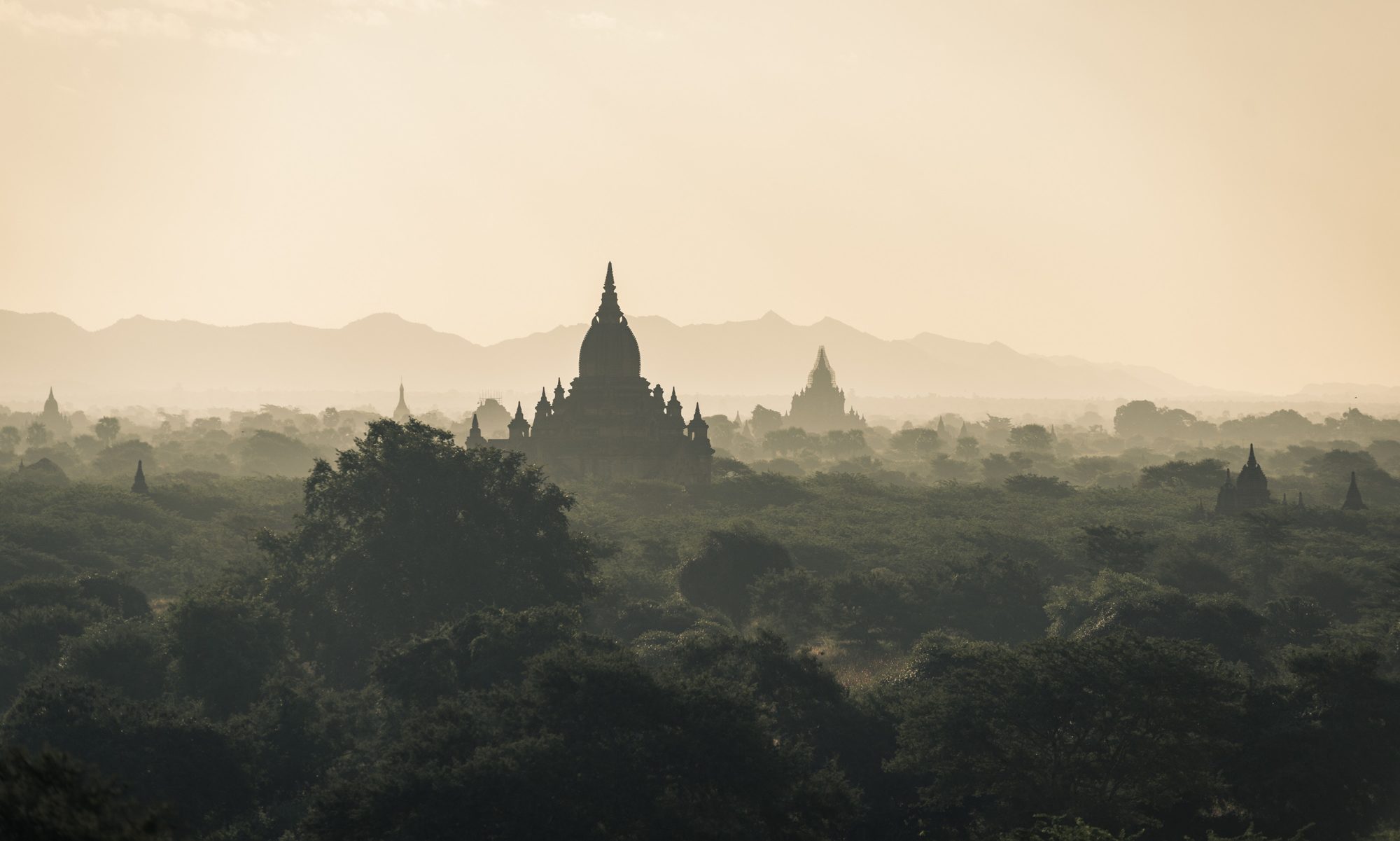We live in a world where borders are mere political demarcations, not cultural or culinary, and these ubiquitous forms move beyond any man-made divisions. Cuisine forms a major part of cultural practices that connect people and ways of life. India is a close neighbor of Myanmar, and its influence on the local cuisine is evident, seeing the use of herbs and spices, and so many common dishes adapted from the Indian repertoire. This can be attributed to not just the thousands of Indian immigrants, but also because Indian food is tasteful, nutritious and makes for a complete balanced meal. These are now an integral part of Myanmar cuisine, the taste and cooking style strikingly similar to the original Indian preparations. The older generation of Myanmar folk, claim to have grown up eating more Indian food than any other. Apparently, the Chinese and Thai influence on food and tastes in Myanmar came up later.
A walk down Anawrahta Road or Mughal Street in downtown Yangon, is a treat for all Indian food fans. A haven for vegetarians, these areas are also home to a large number of Indians, and typically symbolize the Indian influence in Yangon. There is no dearth of stalls selling Indian samosas, the deep fried vegetable-filled wantons, pakoras or vegetable fritters, dosa or wafer thin crepes made out of rice and lentil batter, and the mouth-watering biryani, an elaborate rice and meat preparation containing a medley of spices, and a complete meal in itself. Indian sweets, snacks and spices are all seen in abundance in this area, and eaten while on the move. It is not difficult to cook Indian food in any corner of the world, even with non-Indian ingredients, since it is all about the method of cooking and handling foods. The unique taste and consistency comes from the type and degree of heat, the oil and sequence of adding ingredients that make all the difference.
Myanmar, with its amazing variety of vegetables, provides ample variety of foods that can be cooked in an Indian style. Herbs and spices needed for an authentic Indian taste can be found in one of the many grocery stores, which also stock wheat flour and long grain rice. In fact, Myanmar’s basmati rice is very close to its Indian counterpart and cooks just as well. A wide variety of leafy vegetables, okra, pumpkins, beans and lentils, mutton, poultry and seafood, found here, make cooking Indian meals at home far easier than it would be in western countries. Ready to use pastes, bottled spices, pickles and chutneys, have now reached the shelves of supermarkets in the city. Myanmar, as the largest exporter of beans and pulses to India, provides the entire range of lentils that all Indians love to eat on a daily basis. It is only here that many of us have tasted the unpolished varieties of lentils that are healthier to consume, and taste a lot better. The time when Indians carried bags full of their favorite foods from India, is a thing of the past. One is indeed spoilt for choice when it comes to preparing an Indian meal in Myanmar.
Yangon is not just the nation’s commercial hub, but can easily be termed the country’s culinary capital as well. Some of the country’s best restaurants are found in the city, including the best Indian ones. For a quick, simple meal in downtown Yangon, one can walk into the packed New Delhi restaurant, Nepali Food House or Ingyin Nwe. New Delhi is a small nondescript eatery offering a whole thali, a plateful of dishes including vegetables, curry, chapatti and rice. Nepali Food House serves both Indian and Nepali vegetarian food at unbelievably low rates. Ingyin Nwe offers delicious dosas and wide ranging South Indian fare at very reasonable prices. A new entrant is Titu’s Banana Leaf that has opened just behind Trader’s Hotel (now called Sule Shangri-La). It serves sumptuous South Indian delicacies including non-vegetarian dishes. Another new Indian eatery named AV’s has brought in favorite foods that could be called Indian fast food, which include plated meals from various parts of India, along with elaborate Indian sweets. Biryani is sold in many places and is a favorite of tourists and locals alike. All these restaurants, though, suffice for quick meals, when the ambience is not a concern. They are frequented by tourists looking for vegetarian meals, since Indian cuisine is one that offers the widest range of non-meat options.
With a fast growing expatriate Indian community, places like Titu’s and AV’s are gaining popularity, and are suitable for low cost family dining. Indian fine dining is an option at the well known five star hotels like the Sule Shangri-La, Park Royal and Sedona, all of which have had Indian chefs ready to toss up personal preferences even beyond what is listed in the menu. As of now, there is only one stand alone up-market Indian restaurant, namely, The Corriander Leaf. Started in December 2011 in the Yangon International Hotel Compound, Ahlone Road, it serves authentic Indian cuisine with a wide variety of vegetarian and non-vegetarian dishes prepared by their four Indian chefs. The restaurant, with its 118 covers, is almost always full for both lunch and dinner, with tourists, locals, and expatriates, most of whom are repeat customers. For those enjoying barbecued foods, this is the best place to dine at, for unmatched and delectable Indian tandoori specialties. With plans to open an outlet in Mandalay and another one in Yangon in the near future, Corriander Leaf may continue to reign supreme. Indian cuisine is as diverse as its ethnic groups residing in its 29 states, and its most popular dishes from North and South India, have found their way into every corner of the world, including Myanmar. It is only a question of time before we get a taste of more and more regional Indian cuisines here, in this Golden Land.
